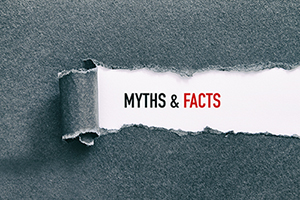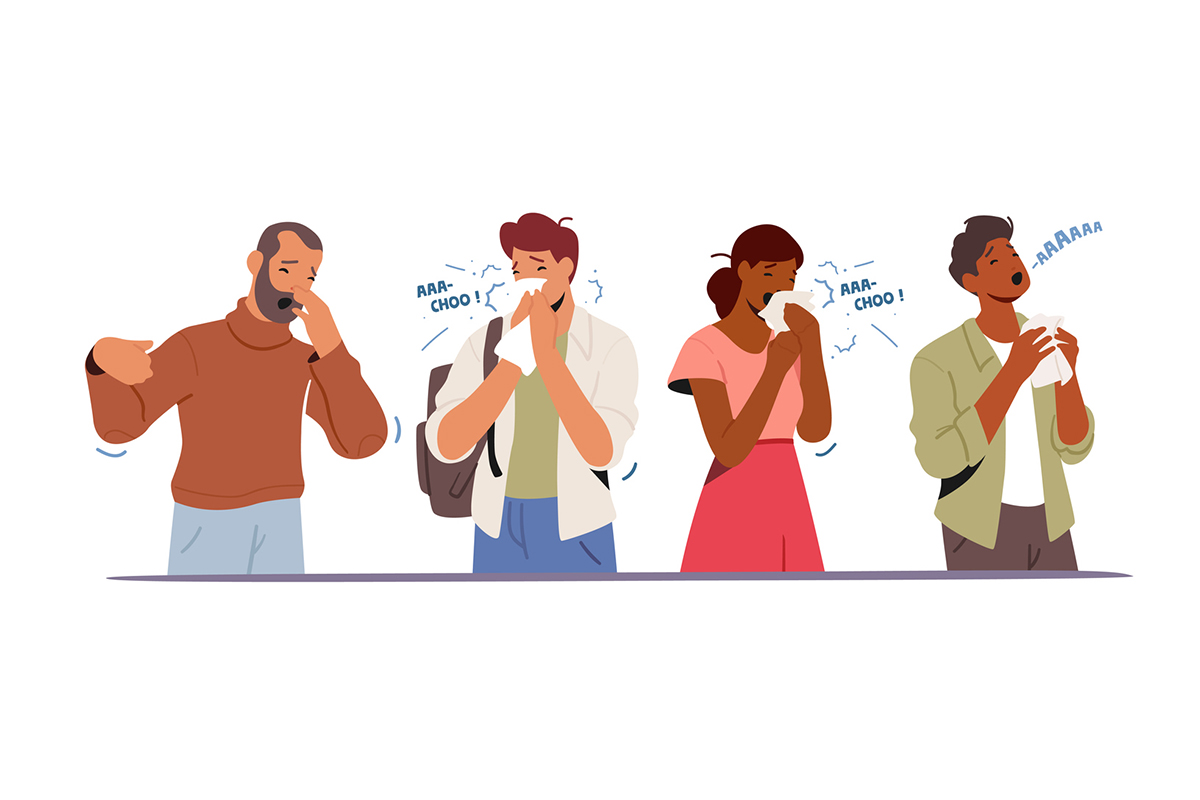Last week, I offered a closer look at some of the myths circulating about COVID-19. This week, I’m continuing the list with the rest of the 15 myths that need debunking. Without further ado, let’s dive in:
9) Vaccine optimism: The stock market jumped 1000 points last month on news of a successful preliminary coronavirus trial by vaccine developer Moderna. But it quickly became apparent that this was merely the first step on a long road to a definitive shot. And, judging from the difficulty we had coming up with a vaccine for the deadly SARS-Cov1 precursor to the current coronavirus—a pathogen that petered out in the early 2000s, thus obviating the need for mass-immunization—it may be unattainable.
The worry is that with the urgency we’ve placed on the vaccine as a predicate to normalization, we may rush a vaccine of untested efficacy and safety into general use, as with previous misguided vaccine efforts: Swine flu in the 70s, the Lymerix for Lyme Disease, and DengVaxia for Dengue virus. All had serious drawbacks.
Not to mention the challenges of manufacturing and distributing tens of millions of doses.
And compelling sufficient numbers of people to take it will be a civil liberties nightmare. Already, upwards of 30% of Americans have signaled their reluctance to sign on, meaning the threshold for “herd immunity” may never be reached.
10) Remdesivir is a fix: A drug originally targeted to Ebola has shown some efficacy against coronavirus, prompting great excitement. But it’s expensive, has to be administered intravenously, and it only shortens disease duration by a couple of days. This reminds me of the early days of AIDS, when we desperately embraced marginally-effective predecessors of drugs we now use; almost assuredly, Remdesivir will probably become a forgotten footnote in the chronicle of progress toward more effective therapies. Eventually, more targeted multi-drug cocktails will supersede it.
11) More ventilators! “Sorry, you’re old and expendable, so we’ll have to let you expire to save a younger more viable patient who needs one of those scarce ventilators.” Never happened! Because it was a tangible action we could take in the face of an impending disease tsunami, we ramped up ventilator production. Unlike ill-prepared Italy and Spain, we could intubate as many patients as we felt needed it.
The result? Not a resounding success. Many of the patients who are still dying, admittedly in decreasing numbers, have been languishing at death’s door on ventilators for weeks. The mortality of intubated patients may be as high as 80-90%.
After a steep learning curve, many ICU doctors are rethinking ventilators. Instead of aggressively intubating patients at the first sign of reduced oxygen levels, they’re now withholding ventilators as a last resort. They’re encountering something unprecedented: patients with seemingly life-threatening low oxygen levels who are sitting up in bed, comfortably conversing or checking their email. They’ve dubbed them “happy hypoxics”.
Being on a ventilator for prolonged periods can damage the lungs, increase the risk of bacterial infection and blood clots, not to mention the profound psychological effects of long-term sedation and immobilization. Ventilators literally steal your personhood, rendering you almost vegetative. Alternative ways of providing oxygen and breathing support are now superseding ventilators as first-line therapy.
It turns out, in retrospect, we didn’t need more ventilators.
12) Testing Troubles: Now that ventilators are somewhat passé, all the hue and cry is about our inadequate testing capacity. It’s true that lack of testing hampered our ability to track the progression of the virus. But testing, too, has its limitations.
It might come as a surprise that swab tests for the coronavirus can have a failure rate as high as 30%. Improper sampling, handling or processing can cause the test to miss the presence of the virus. There are so many cases that I’ve heard of where people feel lousy, lose their sense of taste and smell, have fever, cough, sore throat and muscle aches, and yet test negative, and are reassured they don’t have COVID-19, only to test positive on retesting.
Similarly, the antibody tests aren’t completely reliable yet. Theoretically, they could yield “immunity certificates” to enable people to safely return to work and social activities. But false positives and negatives occur frequently, and more work needs to be done to refine and interpret their results.
13) It’s a “Plandemic”: When confronted with inexplicable catastrophe, it’s a natural tendency for the human mind to seek closure. Just as AIDS was once labeled a genocidal plot aimed at eradicating gays and minorities (Oh, sorry, you still believe that?), so, too, have conspiracy theorists labeled COVID-19 a concerted plot hatched by powerful puppet masters. See my takedown of Plandemic here.
But it’s indicative of the public’s pervasive distrust of the medical establishment, the pharmaceutical industry and government officials that such fabrications are so readily embraced. To put it mildly, the supposed authorities haven’t earned our confidence.
14) Natural therapies are worthless—even harmful: Psychology Today set the tone early in the pandemic in March—“Why You Shouldn’t Turn to Natural Supplements to Fight COVID-19 (There’s no evidence that supplements prevent COVID-19 or lessen symptoms).”
Nobody is saying that popping zinc lozenges and slugging down elderberry syrup are an alternative to a trip to the ER if you’re feverish and having trouble breathing, but natural therapies have a plausible role in supporting innate immunity. While, as yet, none have been rigorously demonstrated to possess documented efficacy in treating or preventing COVID-19, we can’t preclude the possibility they may help.
There’s now widespread censorship of natural approaches. Social media is obediently scrubbing content that proposes integrative solutions.
15) A “second wave” is inevitable: Maybe. But maybe not. The devastating Spanish Flu made a fall comeback after its spring 1918 debut, but then petered out, only to return in a milder form as a perennial seasonal nuisance. SARS—the current coronavirus’ predecessor—self-extinguished after a brief scary run.
Viruses mutate to more or less dangerous forms over time. Herd immunity plays a role in extinguishing pandemics, but only if the virus is allowed to infect a high percentage of the population. Lockdown has saved lives, but interfered with the natural process by which prospective victims acquire natural immunity.
As we’ve painfully learned, nature is unpredictable.







